Domestic Abuse
Domestic abuse is when one adult in a family or relationship threatens, bullies, or intentionally hurts another member of the family or relationship either physically, psychologically, emotionally, sexually, or financially.
Domestic abuse can include:
- Physical abuse. This is the most recognisable form of physical abuse and can range from a slap or push, to a broken bone and in the most extreme cases, death. Physical violence usually gets worse over time.
- Sexual abuse. This is when one person uses force or threat to make someone engage in sexual activity.
- Emotional abuse. This includes controlling behaviour, such as not letting them out of their home, making decisions for them, making rumours or talking to family and friends to gain control, mental torture, blackmail, and threats to kill or harm them, a family member, friend, or pet.
- Psychological abuse. This includes stalking, gaslighting (where one person makes another person doubt their own sanity), and manipulating.
- Financial abuse. This is when one person controls the other’s access to and use of finances, and includes stopping them from working, monitoring spending, placing all bills and debts under one name, and withholding money.
Domestic abuse can happen both inside and outside the home, over the phone, on the internet, can happen in any relationship, and both men and women can be abusers. Domestic violence (also called Domestic Abuse) is a crime and a major social problem affecting many families. In 90% of reported domestic violence incidents, children have either been present in the same or a nearby room. It can seriously harm children and young people and domestic abuse is child abuse.
Effects of Domestic Abuse on Children
Children who witness, intervene or hear incidents are affected in many ways, and effects can be serious and long-lasting. Children will learn how to behave from examples parents set for them, for instance:
- Domestic abuse may teach children to use violence, in particular that violence is an acceptable way to resolve conflict
- Where there is domestic abuse there is often also abuse of the child
- Children may blame themselves for domestic violence
- Alcohol misuse is a very common contributing factor for domestic violence
- Domestic violence teaches children negative things about relationships and how to deal with people, and they may learn to mistrust people close to them
- Children may experience behavioural difficulties, problems in schools poor concentration, poor emotional health, aggressiveness, may become withdrawn, and may run away
- Children who witness violence may lose respect for the non-violent parent, or may become over-protective of a parent
- Children may experience a loss of childhood as a result of domestic violence
Domestic violence is a crime. Never hesitate to call the police who have specialist domestic violence officers trained to help you and put you in touch with other agencies who can help you with safety planning, housing issues, drug or alcohol problems or give details of solicitors who can assist you with the legal side of things.
The Portal is a ‘one-stop shop’ for survivors in Brighton & Hove and East Sussex, website visitors can choose from a number of options, including advice for friends and family and a referral pathway for professionals. The Portal can make it simpler to quickly find the right help.
Find out how to spot the signs of domestic abuse here.
Click here for the Pan Sussex Procedure on domestic abuse.
If you are concerned about a child, please contact Front Door For Families on 01273 290400, FrontDoorForFamilies@brighton-hove.gov.uk, or use their Online Referral Form.

 If a child is in immediate danger,
If a child is in immediate danger,